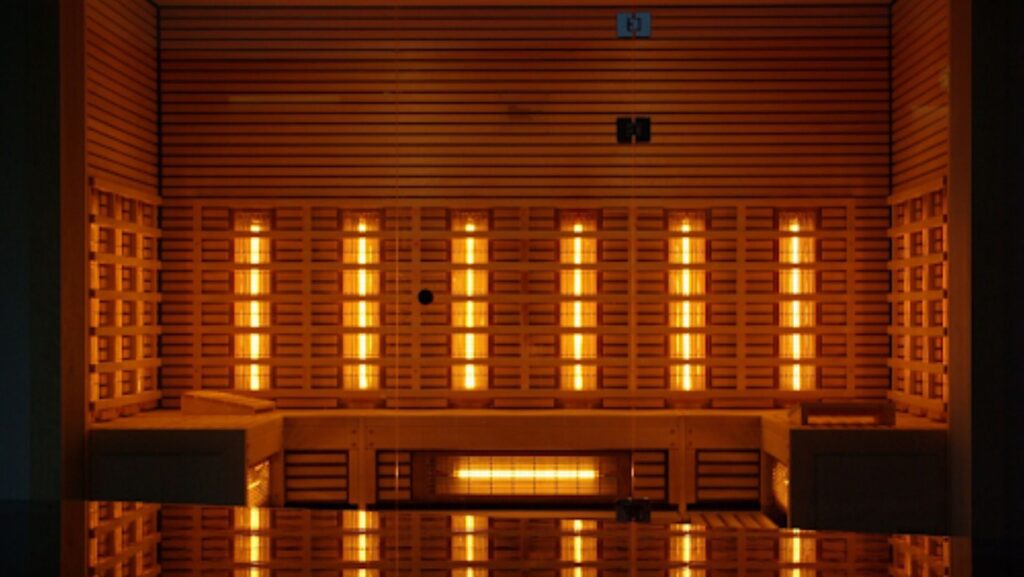Introduction
For centuries, light therapy has been utilized as a natural and holistic approach to treating different health conditions. One such therapy is Red light infrared therapy, a well-known alternative approach prevailing in the medical industry. This therapy employs infrared technology to deliver low-level energy waves, which penetrate deep into the skin and stimulate cellular activity, thereby increasing blood flow, promoting cellular rejuvenation, and consequently, healing the body. In this article, we will discuss the history, mechanism of action, medical conditions treated with red light infrared therapy, practical applications, usage, safety, precautions, and future directions and developments.
History of Red Light Infrared Therapy
The history of red light and infrared therapy can be traced back to ancient Egypt, where visible and near-infrared light were employed to treat various health conditions. Later in the 1950s, NASA conducted extensive research on the use of red light and infrared therapy to enhance wound healing and tissue regeneration in astronauts, which proved to be highly successful. Since then, red light and infrared therapy have become a prominent approach for different health issues, including skin conditions, pain relief, and depression, among others.
Mechanism of Action
The mechanism of red light infrared therapy is based on the principle of photobiomodulation, which is the process through which light energy stimulates cells, resulting in various health benefits. Red light, infrared therapy utilizes wavelengths ranging from 600-1000nm, which penetrate deep into the skin and stimulate the mitochondria, the powerhouse of the cell, leading to enhanced ATP production. This way, more energy is available for the cell to undergo various cellular activities, thereby promoting healing and regeneration.
Medical Conditions Treated with Red Light Infrared Therapy
Red light infrared therapy has a wide range of medical applications. It is used to treat the following 8 medical conditions:
- Arthritis: Red light and infrared therapy helps reduce inflammation and pain associated with various types of arthritis, including rheumatoid arthritis and osteoarthritis.
- Acne: This therapy promotes collagen production, reduces acne scarring, and promotes healthy-looking skin.
- Wound healing: Red light therapy stimulates cellular rejuvenation, enhancing wound healing and tissue regeneration.

- Pain relief: Red light infrared therapy alleviates pain associated with various conditions, including back pain, neck pain, and chronic pain.
- Hair regrowth: This therapy stimulates hair follicles, promoting hair growth.
- Depression: Red light infrared therapy is an effective treatment for seasonal affective disorder (SAD) and depression associated with various medical conditions.
- Psoriasis and Eczema: Red light infrared therapy reduces redness and inflammation and promotes healing for psoriasis and eczema.
- Sport Injuries: Red light infrared therapy can reduce inflammation and pain for sport-related injuries.
Practical Applications and Usage
Red light, infrared therapy is simple and convenient to use. It can either be administered by a medical professional or enjoy red light therapy at home with a device. A typical session lasts for 20-30 minutes, depending on the condition being treated. It is essential to contact your healthcare provider before using red light infrared therapy.
Safety and Precautions
Red light infrared therapy is generally safe and non-invasive. However, like any therapy, certain precautions should be considered. Individuals with light-sensitive skin conditions and skin cancer should avoid red light infrared therapy. It should also not be used over an open wound or on areas with tumors or implanted medical devices.
Future Directions and Developments
Research into red light infrared therapy is ongoing. With continued studies, the potential of this therapy in treating different health conditions can be harnessed.

Furthermore, new developments have led to the creation of more efficient, energy-saving tools that provide better value for money.
Conclusion
Red light infrared therapy is a holistic natural approach to treating various health conditions. It has been used for years and continues to garner attention in the medical industry as a viable therapy for chronic health conditions. With its non-invasive nature and proven efficacy, it’s no wonder that red light infrared therapy has gained significant popularity in the medical community.
